#1967 films
Text
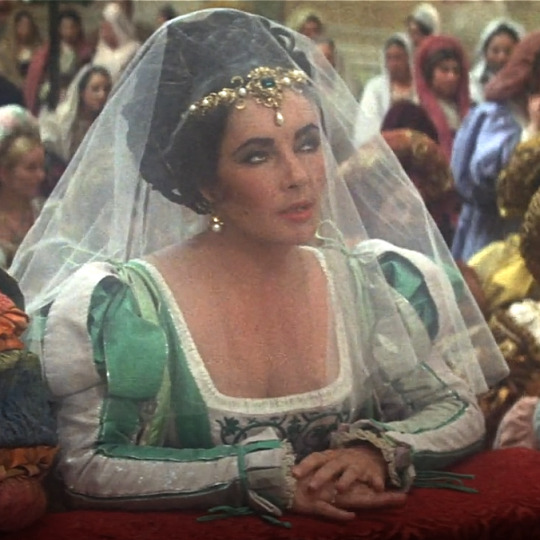

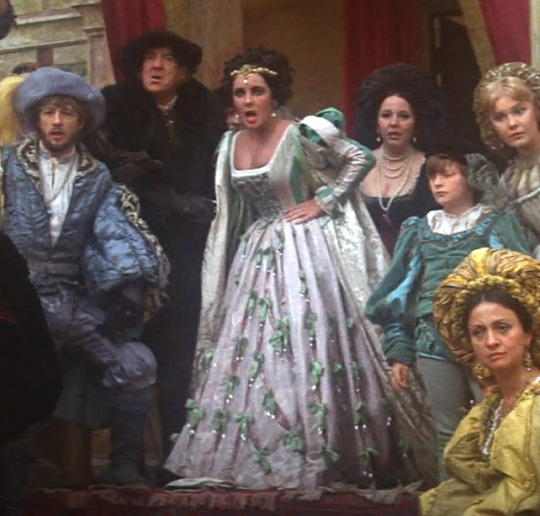
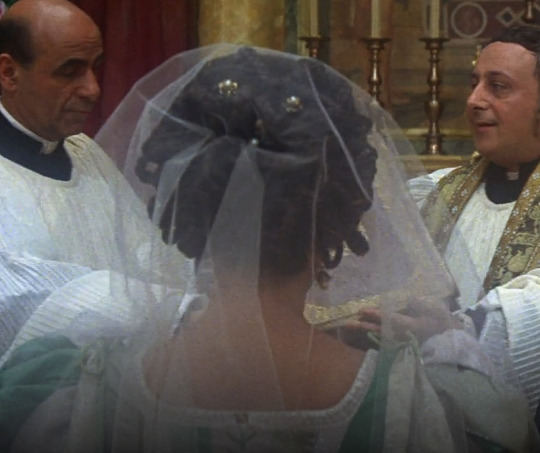
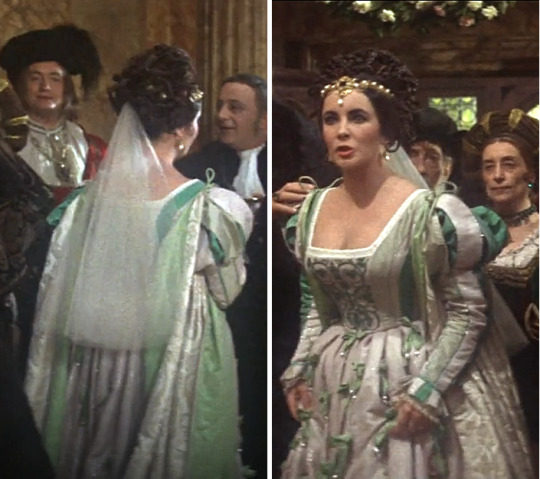

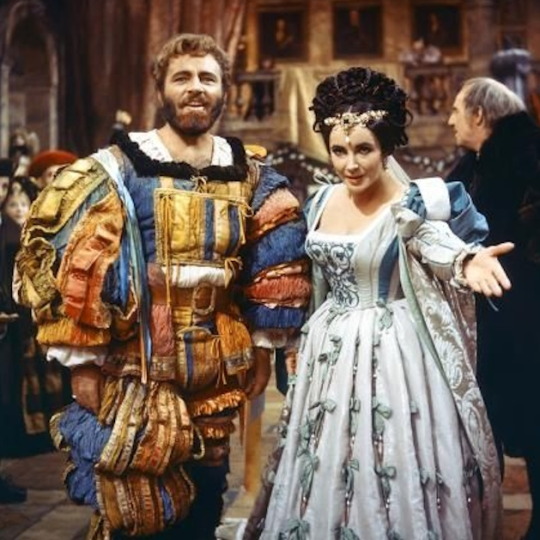
One Dress a Day Challenge
June: Weddings
The Taming of the Shrew / Elizabeth Taylor as Katharina Minola
I've been waiting a while for a chance to post this dress! I've always liked the combination of blue, green and white. The bows on the skirt add a festive touch. Once again, Irene Sharaff's designs for Elizabeth Taylor harmonize well with the rest of the costumes, designed by Danilo Donati.
#the taming of the shrew#wedding costumes#elizabeth taylor#wedding dresses#one dress a day challenge#one dress a week challenge#movie costumes#1967 films#1967 movies#renaissance costumes#renaissance style#16th century costumes#16th century fashion#16th century style#shakespeare costumes#shakespeare on film#irene sharaff
156 notes
·
View notes
Text
Bonnie and Clyde (1967)

Bonnie and Clyde does not feel like it was made in 1967. Not only because of its brazen and honest displays of sex and violence. This biographical film shows the allure and harsh realities of a life of crime. It's no wonder it was a game-changer.
In the middle of the Great Depression, Clyde Barrow (Warren Beatty) catches the eye of Bonnie Parker (Faye Dunaway). Moments later, they're partners in crime. The duo’s spree of robberies captures the attention of the nation. As the gang’s crimes become more ambitious and violent, the police’s net begins to tighten around them.
This is a very romantic picture. I don’t mean that the love story will sweep you off your feet. I mean that it’s an idealized story, the kind of tale that makes you go "I want that". Clyde Barrow is handsome, but he’s not the type of man that would rob a bank and then greedily paw at Bonnie, he’s more of a sensitive guy. Bonnie is bored by her job as a waitress and lusts for adventure. When she embarks on this crime spree, the man she chooses to be with becomes her lover; her partner. They're equal contributors in their new life of crime. This life includes fame, fortune, wild chases across the country, and a total disregard for rules. When you see them together, you’re sold. In a time when banks were seen as villains who destroyed so many dreams, you understand why Bonnie and Clyde became folk heroes.
And then, reality sets in. This picture-perfect couple walking into a reputable establishment and demanding money at gunpoint is so out of place many people call the lover's bluff and pay dearly for it. They're a celebrity couple. For some reason, you expected them to be friendly which makes the violence doubly shocking. You don’t expect to see people getting blasted in the face and fall down into the dirt, dead. You were cheering for them a minute ago. Suddenly they’re violent murderers? You don’t know how to feel. You’re so deeply invested by that point you feel like part of the gang but how can you justify cheering for them to ride happily into the sunset? It must've been exactly how the real-life people of the time felt.
The performances are iconic and memorable. One look at a character and you're immediately immersed in their personality and history. It’s not only the way dialogue is delivered, it’s the body language, the faces Bonnie makes when she first spots Blanche Barrow (Estelle Parsons), or the awkward manner that Clyde and his brother Buck (Gene Hackman) talk about their romantic exploits. Also iconic are the cinematic techniques showcased throughout, the use of real photographs, the recreations of historical moments, and the editing - particularly during the conclusion. What an ending this picture has! It's unforgettable.
Everyone should see Bonnie and Clyde at least once. Firstly, because of the way it pioneered cinema. It’s one of the first films to feature squibs (small explosive charges with stage blood to simulate realistic bullets) and to depict a complicated sexual relationship between a man and a woman. Then, there's the entertainment value. It’s a study of three-dimensional characters that feel real! With its modern cinematic techniques and immortal scenes, Bonnie and Clyde has aged very well. (On DVD, May 12, 2017)

#Bonnie and Clyde#movies#films#Movie Reviews#Film Reviews#Arthur Pen#David Newman#Robert Benton#Warren Beatty#Faye Dunaway#Michael J. Pollard#Gene Hackman#Estelle Parsons#1967 movies#1967 films
5 notes
·
View notes
Text

#viy 1967#viy#clasic horror#horror movie#horror#scary#creepy#macabre#eerie#spooky#terrifying#horror blog#movie#film#horror movies#vampire aesthetic#vampires#werewolf#werewolves#vampire#russian#soviet#vintage horror#vintage#witch#witches#soviet horror#russian horror#folk horror#60s movies
1K notes
·
View notes
Text

Britt Ekland / production still from Robert Parrish's The Bobo (1967)
1K notes
·
View notes
Text


You're in Love, Charlie Brown (1967)
3K notes
·
View notes
Text

Kodak Kodachrome 2 color film magazine ad (1967)
484 notes
·
View notes
Text

Audrey Hepburn photographed by Howell Conant for Wait Until Dark, 1967.
865 notes
·
View notes
Text
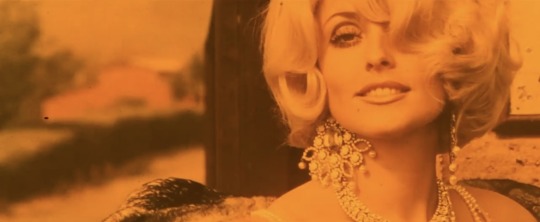

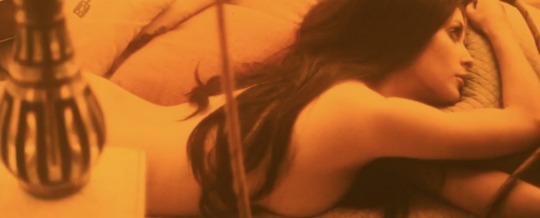


Photographs of Sharon Tate that are briefly flashed on-screen in the opening credits of the movie Don’t Make Waves.
#sharon tate#actress#film#old hollywood#hollywood#1967#vintage#cinema#1960s#marilyn monroe#don’t make waves
428 notes
·
View notes
Text

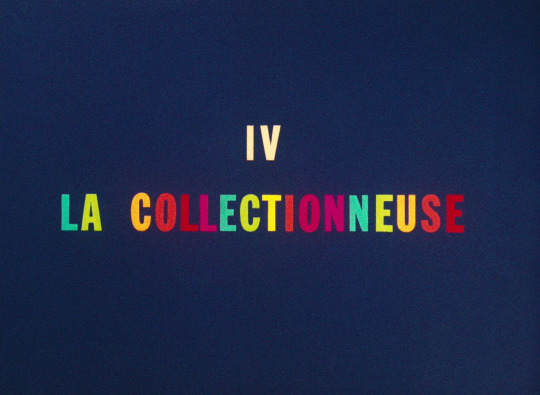

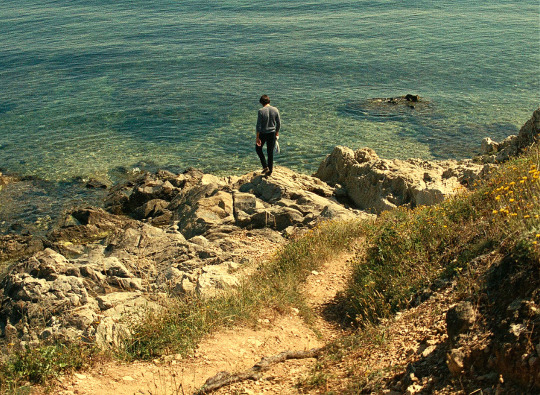

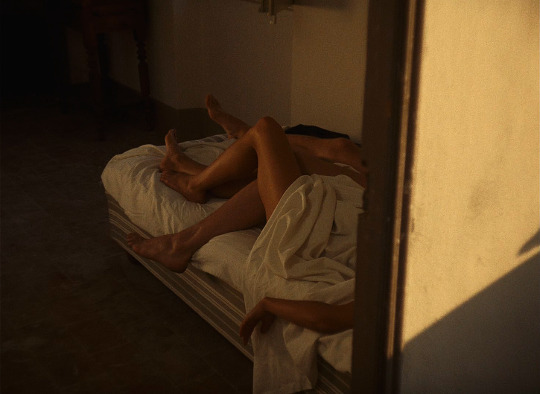


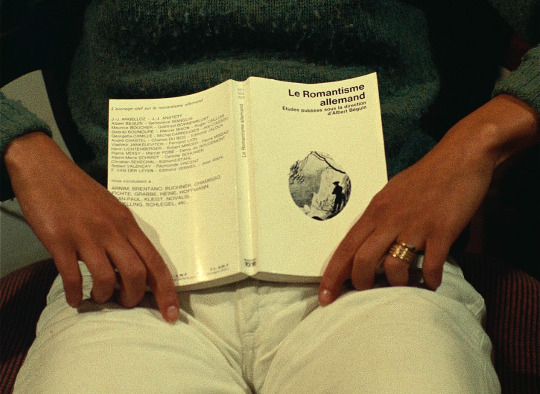

⋆˚。⋆ ⋆˚。⋆⋆Collectionneuse (1967) dir. Éric Rohmer⋆˚。⋆ ⋆˚。⋆⋆
#la collectionneuse#1967#éric rohmer#the collector#1960s#french cinema#french new wave#vintage#summer#colour palette#cinematography#movie screenshots#movie screengrabs#movie screencaps#movie frames#cinematography appreciation#movie#movies#escapism through film#the beauty of cinema#cinephile#screencaps#french aesthetic#scenery#landscape#1960s cinema#60s#tanned#sea
252 notes
·
View notes
Text

Bonnie and Clyde (1967)
#austin butler#film stills#gaslight gatekeep girlboss#girlblog aesthetic#girlblogger#gracie abrams#im just a girl#lana del rey#lizzy grant#girl interrupted#bonnie and clyde#clyde#bonnie#1967#1967 movies#1960s movies#1960s fashion#vintage#films#movies#this is a girlblog#girlblogging#girlhood#film photography#film#sabrina carpenter#music#love
153 notes
·
View notes
Text

Son of Godzilla (1967)
165 notes
·
View notes
Text
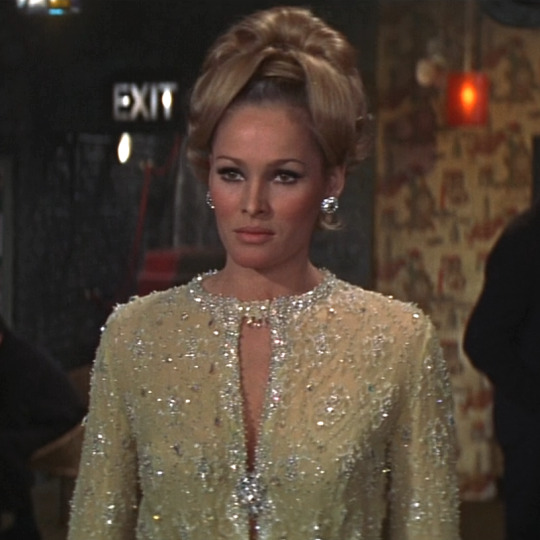



One Dress a Day Challenge
September: Bond Films
Casino Royale / Ursula Andress as Vesper Lynd (007)
I think I saw this movie on TV ages ago, but I had forgotten exactly how incoherent it is. It's at least three different movies in one, with sequences that vary wildly in tone and quality ... but even if it's less than the sum of its parts, some of the parts are pretty fun. And I love that Ursula Andress got to glam up in this crystal-encrusted pale yellow dress, since she didn't really get the chance in Dr. No.
Also, is it just me, or does Ursula Andress look kind of like Natalie Portman in profile? (See below especially.)
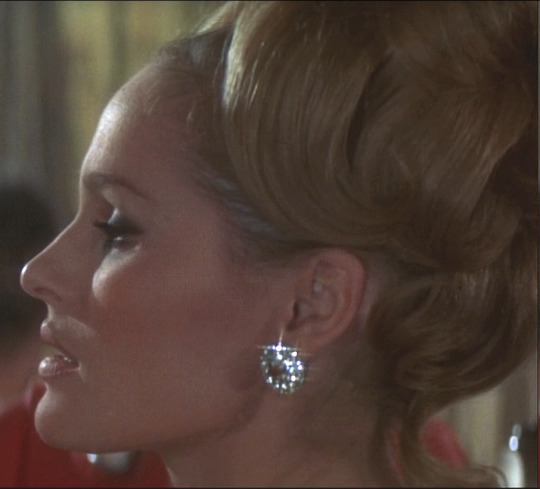
#casino royale 1967#bond film costumes#ursula andress#one dress a day challenge#one dress a week challenge#movie costumes#1967 movies#1967 films#1960s fashion#1960s style#yellow dresses#yellow dress#60s fashion#60s style#james bond films#bond girl#evening wear#julie harris#vesper lynd 007#david niven era?
74 notes
·
View notes
Text

Peter Cushing and Susan Denberg in Frankenstein Created Woman (1967)
#frankenstein created woman#peter cushing#susan denberg#1967#1960s movies#1960s horror#terence fisher#hammer films#hammer horror
163 notes
·
View notes
Text


Elvira Madigan, 1967
#Elvira Madigan#film stills#film edit#romanticism#film#cinematography#cinema#period drama#Elvira Madigan 1967#bo widerberg#swedish cinema#pia degermark#thommy berggren#spring
97 notes
·
View notes
Text
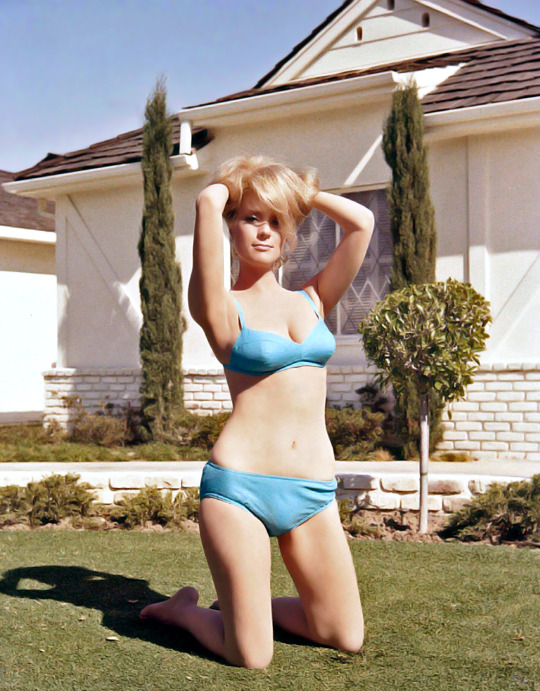
Inger Stevens / during production of Gene Kelly’s A Guide for the Married Man (1967)
872 notes
·
View notes
Text
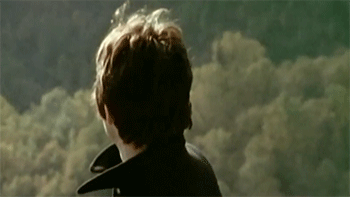

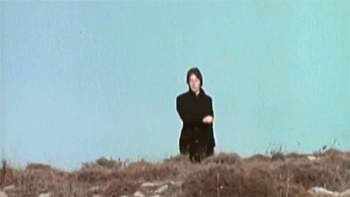
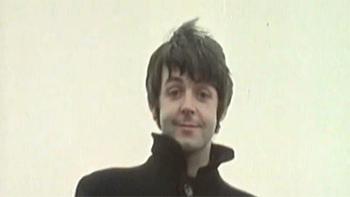


Paul McCartney in Fool On The Hill
#paul mccartney#the beatles#magical mystery tour#1967#film#1960s#fool on the hill#classic rock#cinema#vintage cutie#john lennon#george harrison#ringo starr#gifset
233 notes
·
View notes